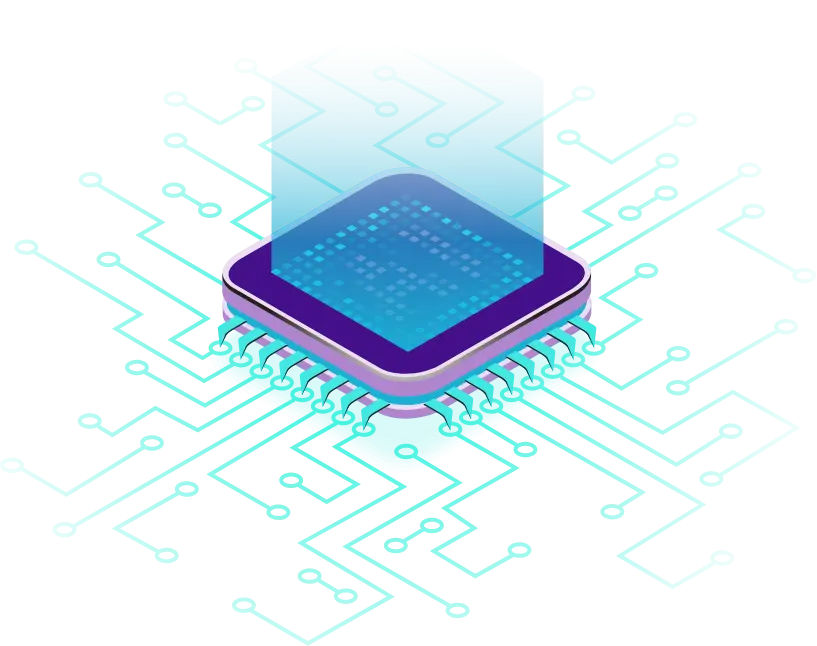Audio Presented by

Lifelike AI Voice & AI Video Generator. Real Humans & Real Voices helps you create multi-lingual audiovisual content.
About Author
Lifelike AI Voice & AI Video Generator. Real Humans & Real Voices helps you create multi-lingual audiovisual content.